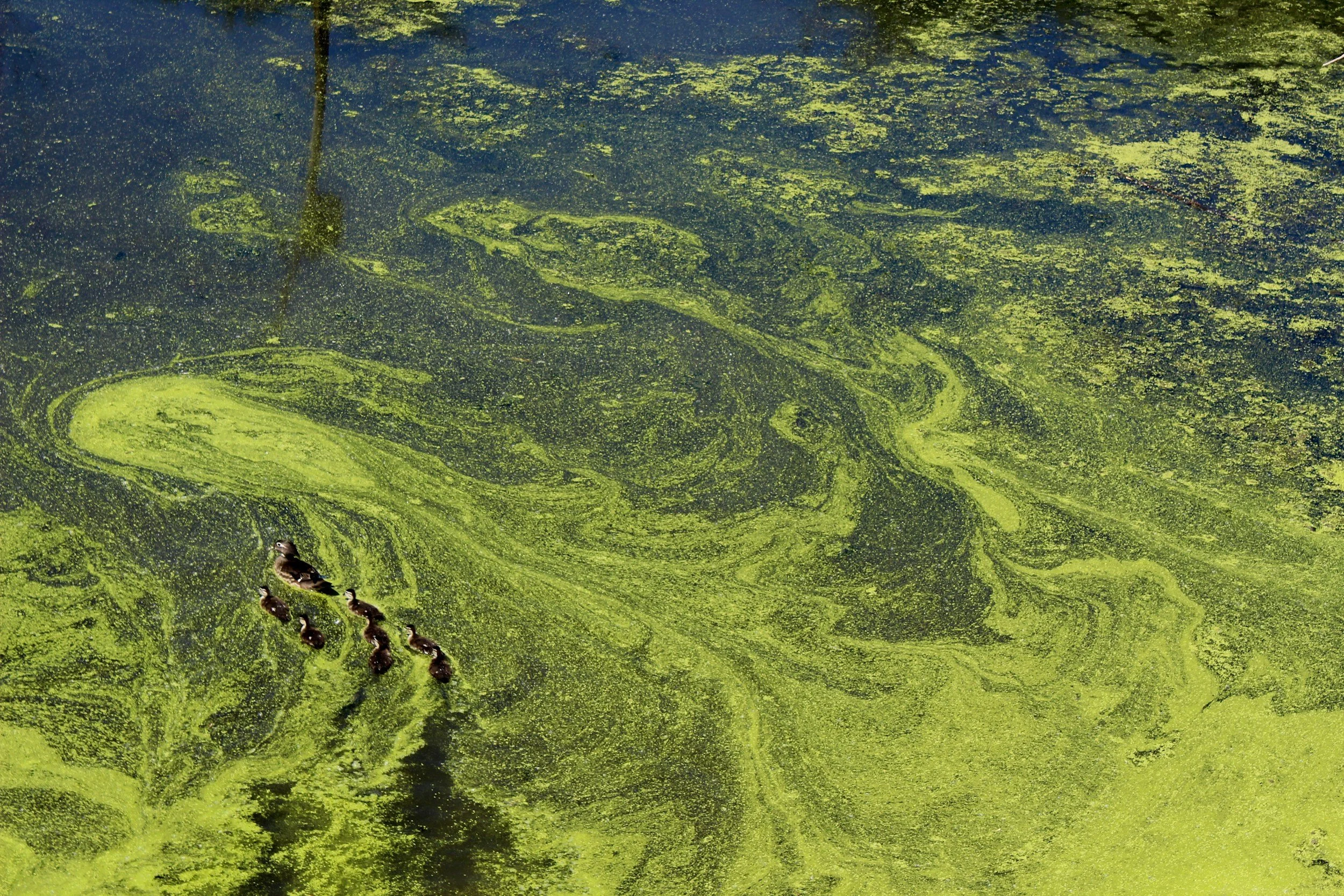AI-Powered Satellite Monitoring Enhances Detection of Harmful Algal Blooms in Inland Waters

Image Credit: Liz Harrell | Splash
A study has introduced an artificial intelligence methodology that integrates satellite imagery and climate data to assess the severity of harmful algal blooms (HABs) in inland water bodies. This approach is designed to enhance real-time water quality monitoring, addressing growing environmental challenges that affect ecosystems, public health, and local communities. By leveraging advanced data analytics, the method aims to support timely responses to toxic algal outbreaks.
How the AI Methodology Works
The new methodology utilizes AI algorithms to process high-resolution imagery from the European Space Agency’s Sentinel-2 satellite, alongside environmental variables such as temperature, precipitation, and wind patterns. The system detects and evaluates the severity of HABs by analyzing light reflectance patterns associated with algal pigments—specifically chlorophyll-a and phycocyanin—which are reliable indicators of cyanobacterial activity. According to research published in Environmental Management, this technique enables rapid and large-scale monitoring, which overcomes the limitations of traditional ground-based sampling that can be slower and more geographically restricted.
Impact on Water Quality Management
Harmful algal blooms are mainly driven by factors like nutrient pollution and rising water temperatures. They can produce toxins that pose risks to aquatic life, drinking water supplies, and recreational activities. The United States Environmental Protection Agency (EPA) reports that HABs are increasing in frequency and can have significant economic impacts, including costs associated with water treatment and lost tourism—estimated at hundreds of millions of dollars annually in the U.S. alone. Early detection enabled by AI-based systems supports public health advisories and targeted interventions, such as reducing nutrient inputs, which can help mitigate the spread and severity of blooms.
Technological Strengths and Challenges
AI-driven, satellite-based monitoring provides broad-scale, consistent coverage of lakes, reservoirs, and rivers. Compared to manual sampling, remote sensing can capture sudden or large-scale changes in bloom conditions. Studies published by MDPI confirm that satellite systems, when paired with AI, can detect cyanobacteria with high accuracy by analyzing specific light absorption features. However, effectiveness may be reduced by cloud cover, atmospheric conditions, or turbid waters—challenges common to all optical remote sensing methods. Tools such as NASA’s open-source Cyanobacteria Finder (CyFi), which was highlighted in 2024, demonstrate how accessible technology can support bloom detection. Challenges that remain include ensuring reliable internet connectivity for large-scale data processing and managing the initial costs of system deployment.
Future Potential and Global Relevance
This AI-based methodology aligns with international efforts to address water quality and environmental health through technological innovation. Research in Environmental Earth Sciences notes the potential to expand similar monitoring approaches to coastal waters, or to integrate data streams from Internet of Things (IoT) sensor networks for greater spatial and temporal resolution. Collaboration among government agencies, scientists, and local communities will be crucial for adapting and scaling these technologies to different types of water bodies. Ongoing research and development are focused on overcoming current technical barriers and ensuring widespread accessibility.
We are a leading AI-focused digital news platform, combining AI-generated reporting with human editorial oversight. By aggregating and synthesizing the latest developments in AI — spanning innovation, technology, ethics, policy and business — we deliver timely, accurate and thought-provoking content.



























